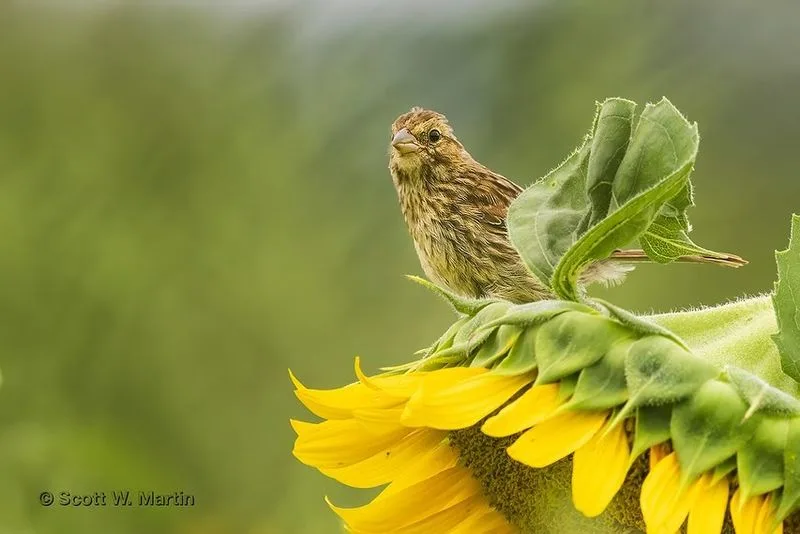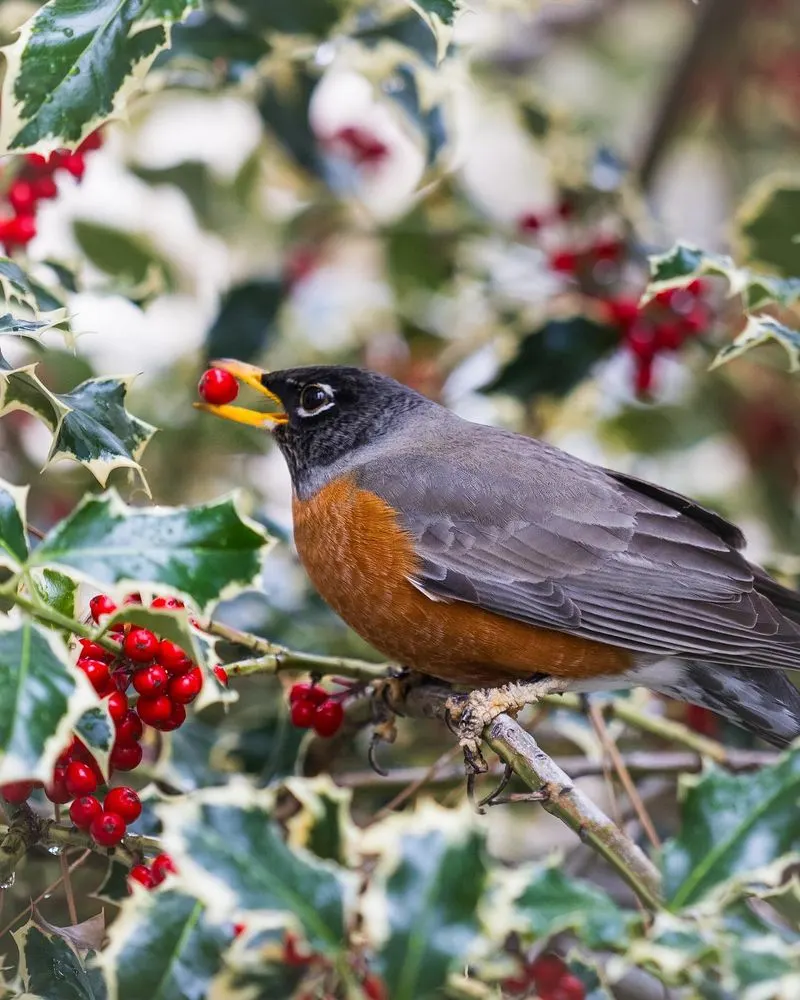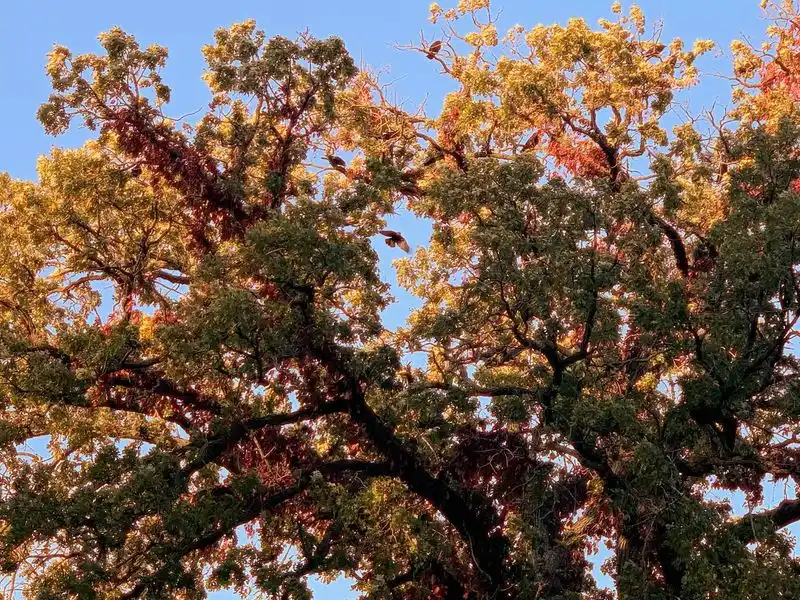We often plant “for the birds,” but how much do we really know about which plants they actually use—and why? I decided to find out. For one full season, I tracked bird visits in my garden, noting exactly which species landed where, what they did, and how long they stayed.
What I discovered challenged a lot of assumptions. Some showy native plants barely got a glance, while overlooked shrubs and seed heads became bird magnets. Certain birds returned to the same stems day after day—not for food, but for shade, shelter, or perch height.
In this article, I share what truly attracts different types of birds, how behavior changes with weather and time of day, and why even the “least exciting” plants in your garden might be doing the most important work for local wildlife.
Hummingbirds and Trumpet Vine

Known for their iridescent beauty, hummingbirds are drawn to the vibrant trumpet vine. This plant, with its striking red-orange flowers, seems to be a favorite. Have you ever observed how the hummingbird hovers, sipping nectar with precision? It’s a relationship that showcases nature’s artistry.
Interestingly, the trumpet vine relies on these tiny birds for pollination, making their visits vital. The scene is almost theatrical, a dance between plant and bird, where both find something essential. The vine provides nectar, while the bird ensures the plant’s reproductive success.
Such interactions highlight the intricate dependencies in nature.
Sparrows and Sunflowers

Amidst the towering sunflowers, sparrows find a haven. These lively birds seem to adore the seeds, a delightful food source. Have you ever noticed a flock of sparrows chirping, their energy palpable as they hop from flower to flower?
The sunflower heads, with their vast array of seeds, act as a magnet for these birds. It’s a bustling scene, filled with the chatter and movement of sparrows in their element. The simplicity of a sparrow enjoying a sunflower is both charming and enlightening.
This connection underscores the role of plants in supporting avian communities.
Goldfinches and Coneflowers

With their canary-yellow feathers, goldfinches bring a splash of color to any garden. These birds have a particular fondness for coneflowers, relishing their seeds. Witnessing a goldfinch perched delicately on a flower, it’s evident how they balance beauty and utility.
Coneflowers offer more than just aesthetic appeal. They provide sustenance, attracting goldfinches who deftly extract seeds with their pointed beaks.
Such interactions reveal the multifaceted roles of garden plants, not just as ornaments but as vital components of wildlife sustenance and engagement.
Robins and Berry Bushes

Robins, with their iconic red breasts, are often seen darting through berry bushes. These birds are partial to the juicy berries, which provide a feast both in flavor and nutrition. Have you ever watched a robin deftly pluck a berry, its movements quick and precise?
The abundance of berries ensures a robust food supply, drawing robins with their enticing allure. Observing this interaction, one sees a mutual benefit where both plant and bird thrive.
It’s an example of how gardens can be sanctuaries, offering nourishment and shelter in equal measure.
Crows and Oak Trees

Crows exhibit intelligence and adaptability, qualities evident in their interaction with oak trees. Acorns, a staple in their diet, make oak trees a frequent haunt. Have you noticed how crows gather, their dark plumage contrasting against the tree’s branches?
These birds, often misunderstood, play a crucial role in seed dispersal, inadvertently aiding in forest regeneration. The oak provides food, while crows assist in spreading its progeny far and wide.
Such dynamics are a testament to the complex relationships that sustain our ecosystems, where each participant plays a crucial role.

